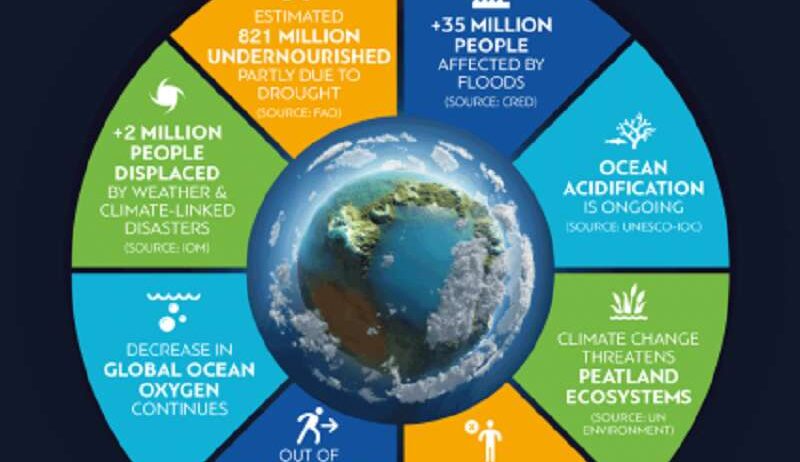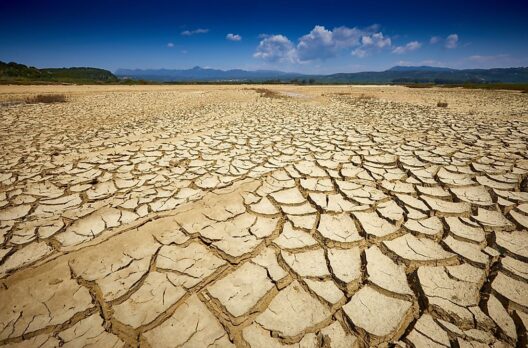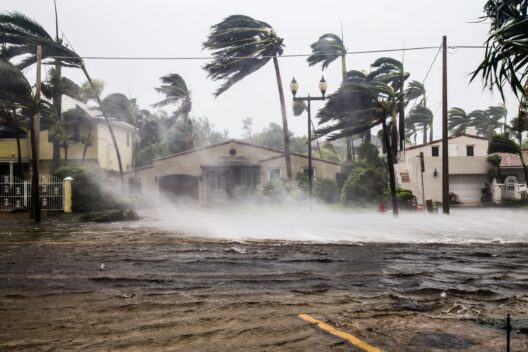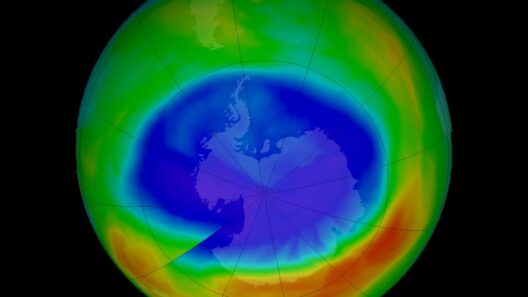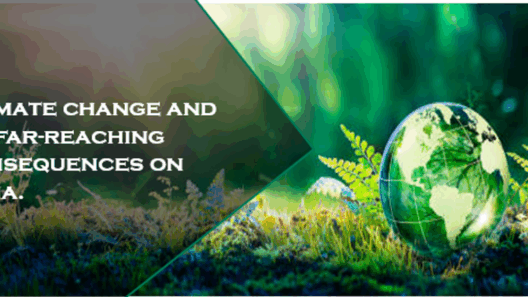Extreme weather events, often viewed as isolated incidents, are intensifying in frequency and severity, largely attributed to the pervasive effects of global warming. The very fabric of our climate system is undergoing a transformation, unveiling a series of interrelated phenomena that pose significant challenges to ecosystems and human societies alike. The consensus among scientists reveals that the impacts of climate change are not merely future projections; they are present realities, manifesting in the form of catastrophic events across the globe.
The principal mechanism by which global warming incites extreme weather lies in the alteration of atmospheric conditions. As global temperatures increase, the atmosphere retains more moisture, leading to heavier precipitation and increased storm intensity. This sets the stage for a cascade of weather-related disasters, including floods, hurricanes, and tornadoes. For example, a warmer ocean provides enhanced energy for tropical storms, leading to hurricanes that are not only more frequent but also more potent.
One of the most alarming consequences of this ongoing crisis is the escalation of flood events. Intense rainfall, often resulting in flash floods, devastates communities, disrupts infrastructure, and causes significant economic damage. The deluge of 2021 in Europe and the catastrophic flooding in Pakistan underscore the vulnerability of regions ill-prepared for such magnitudes of water flow. Moreover, as sea levels rise, coastal areas face the dual threat of storm surge and chronic flooding, exacerbating the plight of millions.
Conversely, the intensification of droughts poses an equally dire threat. As temperatures rise, evaporation rates increase, and soil moisture diminishes, creating parched landscapes. Such conditions have led to severe droughts in regions like the American West and parts of Africa. Agricultural systems suffer tremendously under these circumstances, as crops fail and water resources dwindle, igniting food insecurity and economic instability. The cyclical nature of droughts, exacerbated by climate change, indicates that these regions may face longer dry spells, leaving little room for recovery.
Heatwaves have become a harbinger of climate change consequences. With rising average temperatures, extreme heat events are now commonplace, presenting serious health risks. Vulnerable populations, especially the elderly and those with preexisting health conditions, are at heightened risk. The European heatwave of 2003 serves as a stark reminder of the lethality of elevated temperatures, claiming tens of thousands of lives. Public health systems must adapt, reinforcing the need for cooling centers and heat education programs to protect at-risk communities.
The increase in wildfires is another result of shifting climatic conditions. Regions characterized by naturally occurring dry spells now experience prolonged fire seasons, fueled by a combination of drought and rising temperatures. For instance, the West Coast of the United States has witnessed catastrophic fire seasons, resulting in massive land loss, destruction of homes, and adverse air quality impacting millions. Ecosystems suffer drastically, with wildlife habitats destroyed and biodiversity loss accelerating. Fire, often perceived as a cleansing force, becomes an agent of devastation under the umbrella of climate change.
Additionally, the polar regions are not immune to the ramifications of a warming planet. The melting of Arctic ice leads to not only sea level rise but also disrupts weather patterns globally. The Arctic acts as a climate stabilizer, so its degradation has far-reaching implications. The loss of sea ice affects marine ecosystems, alters predator-prey relationships, and endangers species dependent on this unique habitat. The thawing permafrost releases vast amounts of methane, a potent greenhouse gas, further exacerbating global warming and fostering a feedback loop of climatic instability.
To combat these dire circumstances, a multifaceted approach is essential. Mitigation efforts, including reducing greenhouse gas emissions through the adoption of renewable energy, sustainable agriculture practices, and enhanced energy efficiency, are paramount. Transitioning to a circular economy emphasizes minimizing waste and maximizing resource reuse as a fundamental principle to create resilience against climate impacts.
Adaptation strategies are equally critical. This includes incorporating climate resilience into urban planning, enhancing water management systems to handle both floods and droughts, and developing early warning systems for extreme weather events. Communities can no longer afford to remain passive observers; proactive measures and localized actions can significantly mitigate the risks posed by climate change’s extreme manifestations.
International cooperation remains vital. Climate change knows no borders; thus, global partnerships and policy reforms must prioritize climate action on an unprecedented scale. The Paris Agreement represents a pivotal framework, urging nations to commit to emission reductions and pursue sustainable development pathways. However, the urgency of the climate crisis necessitates not only compliance but an accelerated commitment to ambitious targets.
In conclusion, the seething effects of global warming on extreme weather should serve as a wake-up call. From intense floods to ravaging droughts, the catastrophic events unleashed by our changing climate are increasingly frequent and devastating. A combination of mitigating climate change and adapting to its inevitable impacts is not just prudent; it is essential for the survival of ecosystems and human societies. Activism, education, and policy reform play indispensable roles in addressing these interconnected challenges. The urgency we face demands immediate and sustained action to forge a more resilient future.



